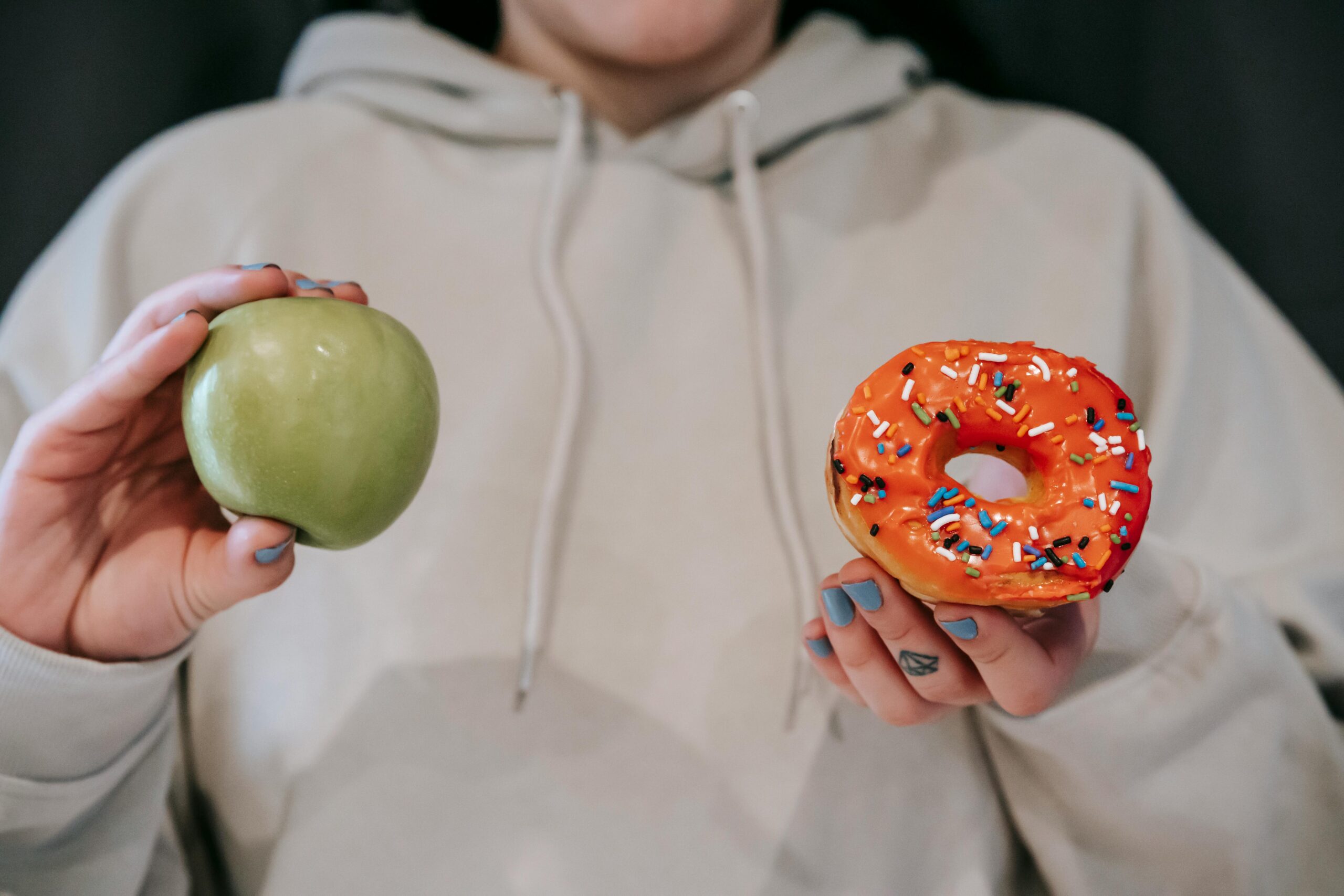
What Do We Learn About Culture from TV Viewing Habits?
By Tim Elmore
Every year, both the media and social media reveal to us how our culture is evolving. From the shows people watch, to the awards programs people celebrate, to the broadcasts and podcasts people tune into, we have much to learn this year, just by observing the habits of American consumers. I have three observations below based on the data about these varied areas of life.
Three Observations and What We Can Learn
Organic vs. Over-produced
Caring adult leaders (coaches, teachers, parents) often miss this value in today’s generation. Sporting events dominated TV ratings in 2022, claiming 94 of the top 100 broadcasts. The NFL claimed 82 of the top 100 spots with college football, the Kentucky Derby, the Olympics, and the World Cup rounding out the rest. Not a single scripted show was in the top 100 most-watched broadcasts of 2022.
Do you see what this teaches us? Viewers tend to prefer raw and reality television instead of scripted, predetermined programming. They’ll choose organic over organized almost every time. Our classes, meetings, practices, and family time must feel authentic. We must strike a balance between organized and organic in our programs.
Segmented vs. Synthesized
While we all have the freedom to consume a variety of content, because content is on-demand and instant-access today, people tend to find themselves in silos, segmented into an audience that continues to consume similar types of shows. We all know smart technology recognizes what we like and feeds us more of the same. The endless number of streaming services are driving us bankrupt $10 at a time while dividing Americans into different groups that can’t relate to one another.
Let me explain why this is a problem. Conversations that include diverse points of view become harder; listening to opposing perspectives is more challenging. We must find a way to expose people (especially young people) to varying sides of an issue.
Interactive vs. Monologue
Most of the world that Generation Z is exposed to is interactive: social media, video games, and messaging on portable devices. When those in charge only offer information that’s downloaded in one-way communication, they come across as antiquated. Today’s emerging generation is made up of people who are consumers and creators, simultaneously. People want experiences that feel like a dance, where they are led, but they also respond — allowing the experience to be partly up to them.
It feels more personal because they weighed in. It was a volley, where content was served, but they responded. Reality TV shows have even learned this truth over time. Shows are now not only competitions, but they also allow viewers at home to vote and interact with the stars. Recognizing that youth support what they help create, we must find a way to give them a voice.
The Bottom Line?
If you want your content or program to stick, ask your listeners to participate. They usually don’t want things to feel polished, but personal. They don’t seek perfection in our communication, but participation. It doesn’t need to feel refined, but real. People want it to feel like it’s theirs.
Want to learn more about this topic? Come join us for our Next Generation Facilitator Certification training! This event equips parents, CEOs, and education professionals with tools to reach the rapidly growing generations of young adults. Over 3,000 Leadership enthusiasts have successfully completed this in-depth two-day training. Don’t miss your chance to purchase your ticket for this month’s event on March 27th. Get your tickets now!






